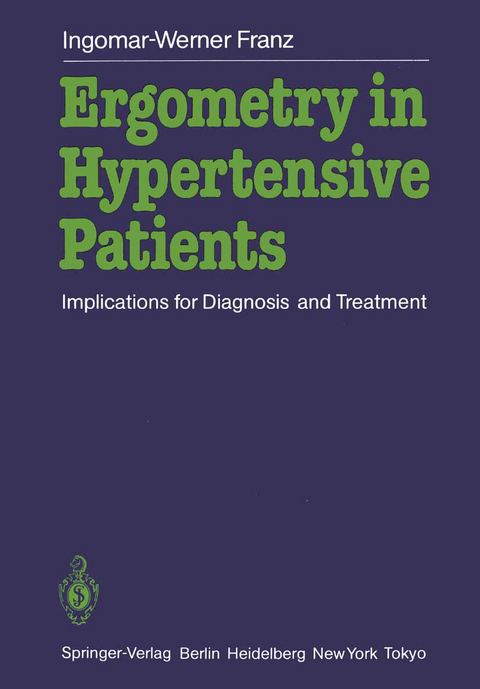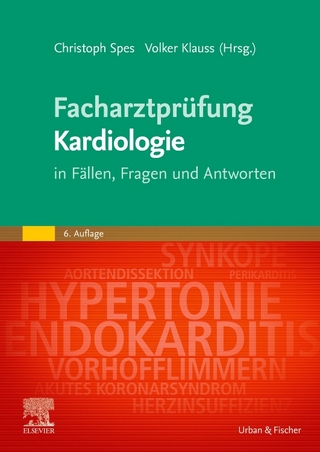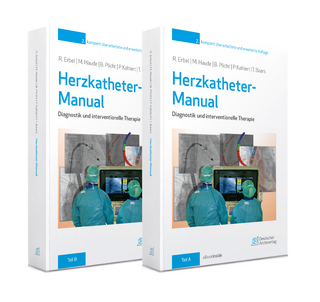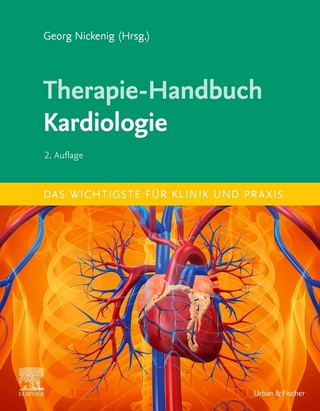
Ergometry in Hypertensive Patients
Springer Berlin (Verlag)
978-3-642-70374-4 (ISBN)
I. Methodology.- 1. Principles of Ergometry.- 2. Blood Pressure Measurement during Ergometry.- II. Ergometry as an Aid to Diagnosis.- 1. Statement of Problem.- 2. Blood Pressure and Heart Rate Responses of Normal Individuals.- 3. Blood Pressure and Heart Responses of Hypertensive Patients.- 4. Blood Pressure and Heart Rate Responses of Borderline Hypertensives.- 5. Blood Pressure Increments from Rest to Exercise in Normotensives, Borderline Hypertensives and Hypertensives.- 6. Blood Pressure and Heart Rate Responses of Elderly Hypertensives.- 7. Ergometry for Assessing the Myocardial Oxygen Consumption and Cardiocorporeal Performance Capacity of Hypertensive Patients.- III. Ergometry as an Aid to Patient Management.- 1. Importance of Exercise Blood Pressures as a Vascular Risk Factor.- 2. The Control of Excessive Blood Pressures under Stress.- 3. Antihypertensive Effect of Beta-Blocking Drugs.- 4. Antihypertensive Effect of Diuretics Compared with Beta-Blocking Drugs and Their Combinations.- 5. Antihypertensive Effect of Vasodilators Compared with Betablockers and Their Combinations.- 6. Summary and Conclusions Regarding Beta Blockers, Diuretics and Vasodilators.- 7. Beta-Blocking Drugs and Diuretics for the Treatment of Hypertension in the Elderly.- 8. Antihypertensive Effect of Weight Reduction and Endurance Training.- IV. References.- V. Subject Index.
| Erscheint lt. Verlag | 17.11.2011 |
|---|---|
| Übersetzer | Terry Telger |
| Vorwort | P. Schölmerich |
| Zusatzinfo | XVIII, 228 p. |
| Verlagsort | Berlin |
| Sprache | englisch |
| Maße | 170 x 244 mm |
| Gewicht | 441 g |
| Themenwelt | Medizin / Pharmazie ► Gesundheitswesen |
| Medizinische Fachgebiete ► Innere Medizin ► Kardiologie / Angiologie | |
| Medizin / Pharmazie ► Medizinische Fachgebiete ► Sportmedizin | |
| Schlagworte | Cardiac stress test • Care • Ergometrie • Ergometry • hypertonia • Hypertonie • infectious disease • Medicine • Treatment |
| ISBN-10 | 3-642-70374-7 / 3642703747 |
| ISBN-13 | 978-3-642-70374-4 / 9783642703744 |
| Zustand | Neuware |
| Haben Sie eine Frage zum Produkt? |
aus dem Bereich


